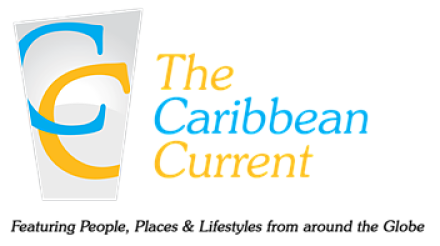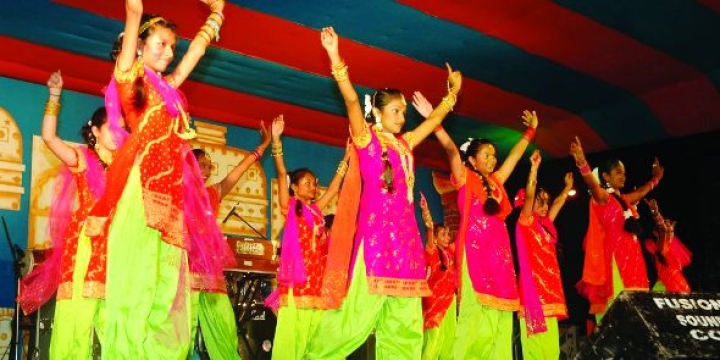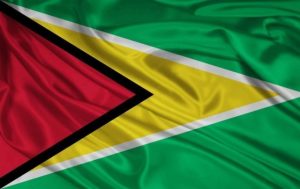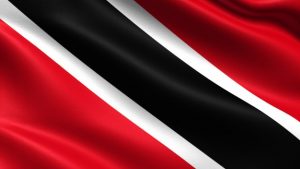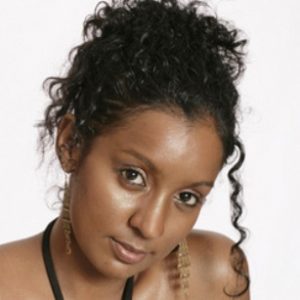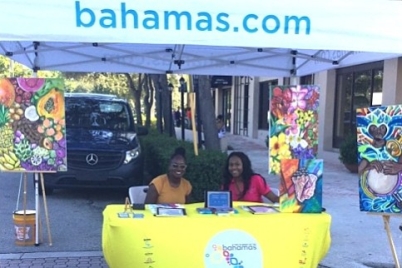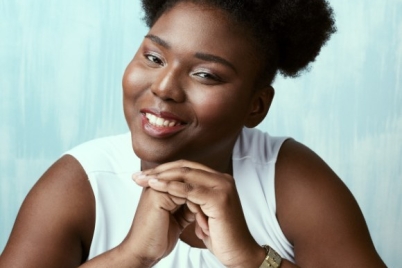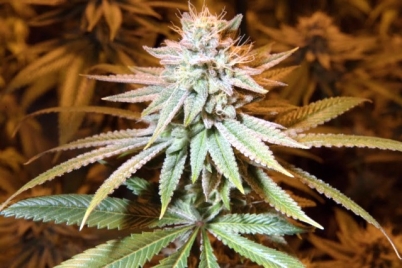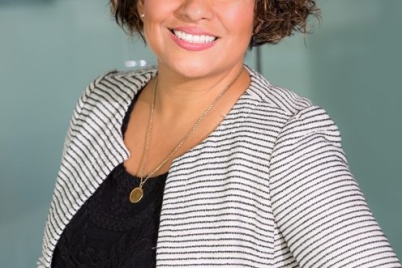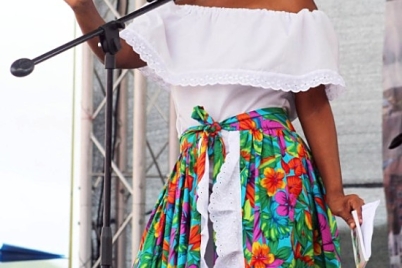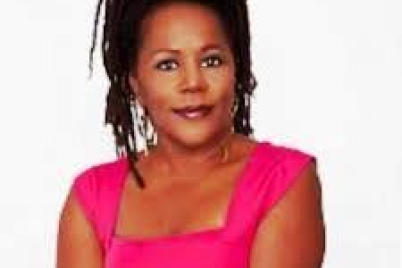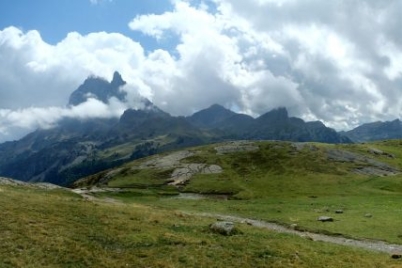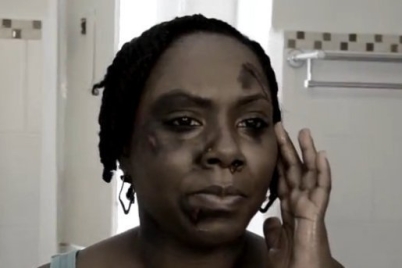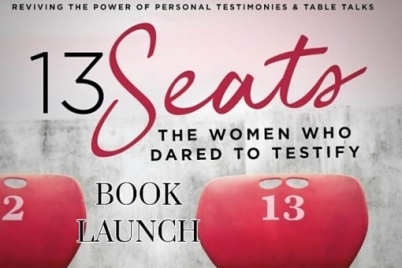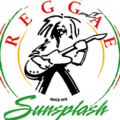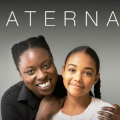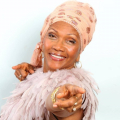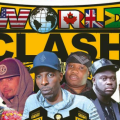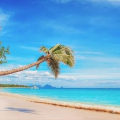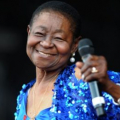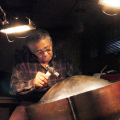On May 5th Guyana celebrated Indian Arrival Day and on May 27th of each year, Guyana’s Independence is celebrated. On May 30th each year Trinidad and Tobago celebrate Indian Arrival Day.
Twin Experience
- Flag of Guyana
- Flag of Trinidad and Tobago
Trinidad and Tobago and Guyana shared an almost identical experience after the abolition of slavery, with the mass influx of East Indian indentured immigrants coming from India to work as indentured labourers as the ex-slaves hurriedly exited state lands. In Guyana, initially, it was a small batch of 396 Indian immigrants called the ‘Gladstone Coolies’, and by the time the indentureship system was abolished in 1917, approximately 240,000 indentured servants had come to Guyana under a system that eventually mirrored some aspects of slavery.
In Trinidad and Tobago, the town of St. James, Trinidad, became known as ‘coolie’ town since there was a thriving sugar-cane plantation in that area, and many immigrants from India lived there after indentureship was terminated in 1917. Some of the streets in St. James bear testimony to this Indian influence with names such as Agra Street, Bombay Street, and Lucknow Street.- http://guyanachronicle.com/2014/05/05/east-indian-immigration-1838-1917
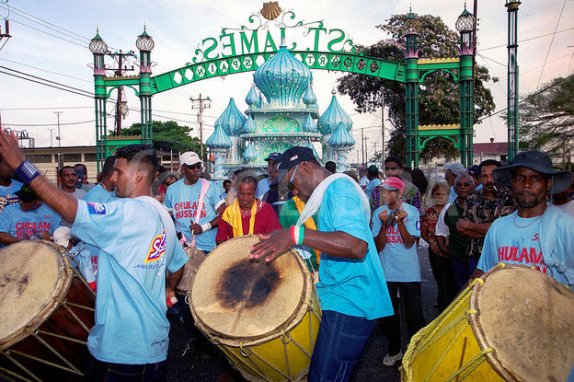
Hosay in St. James, Trinidad – photo – https://www.fotolibra.com/gallery/1125033/hosay-in-st-james-trinidad/
Two become one-hybrid “dougla”
- photo – https://rewindandcomeagain.com/west-indian-word-of-the-week-dougla/
“Growing up in a mixed Guyanese family (Whites, Blacks, East Indians and Amerindians are all represented), I heard this word often. It’s usually used as a way to identify a person. ‘You know Terry-Ann?’ ‘Who?’ Terry-Ann! The dougla girl from up the street’”
Dougla is the term in Trinidad and Tobago and Guyana to describe persons of mixed African and Indian descent. Originally, the word ‘dougla’ was actually a dialect of Hindi used by the indentured labourers meaning ‘bastard’ or ‘mutt’. In North India, however, it simply meant someone with parents of different castes, bringing with it the idea of pollution, since orthodox Hinduism do not condone relationships across caste.
Based on the way in which these two ethnic groups met on these Caribbean isles, it’s no surprise that suspicions of the other persisted as Indians lived under a pass system restricting their movements and keeping them residentially apart from Africans. British colonials applied the ‘divide and rule’ approach, placing Africans in positions of authority over Indians, as “drivers” or sub-overseers in the sugar cane fields and as the policemen who dealt with strikes and protests, sometimes with fatal violence.
The Africans thought of the Indians as imported cheap and exploitable labor brought to undermine their bargaining power as ex-slaves. Cultural differences, such as language and religion, only widened the barrier between the two groups. Interestingly, today politicians also apply the ‘divide and rule’ with the term “apanjat” an Indian term meaning ‘racial loyalty’ used in Guyana to describe racial voting.- https://www.nytimes.com/1964/05/29/archives/hatred-deepens-between-british-guianas-indians-and-negroes.html
As the son of a Rastafarian citrus farmer and an Indian woman explained, “Most people voting PPP are Indian, plus a few Africans who benefited from this party.” His father voted for Granger’s coalition, his mother for the PPP.
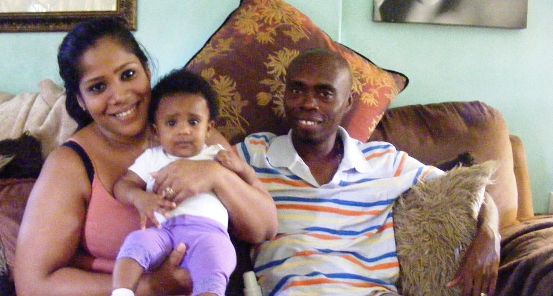
photo – https://pulitzercenter.org/reporting/guyanas-dougla-politics
So, for the most part, these two groups remained sexually separate; nonetheless, given that basically half of the population of Trinidad and Tobago and Guyana comprise of East Indians, the possibility of sexual encounters and marital relationships increase and “douglas” continue to be a growing population.
Desirable “dougla”
Apart from those who object to Indian women rejecting ‘caste-like’ boundaries in these Caribbean isles, many African Guyanese believe that Indian racism and the anxiety about mixed-race couples stems from the belief that dark skin marks ‘Blacks’ as low-caste; there are desirable aspects of douglarization.
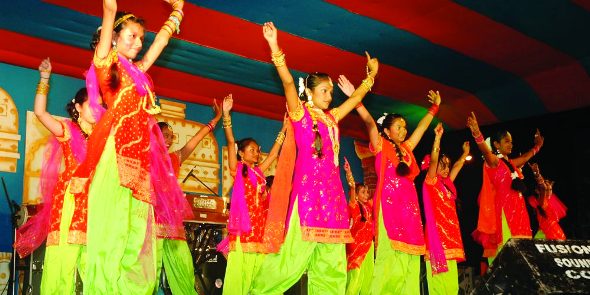
photo – https://exploreguyana.org/event/indian-arrival-day/
“Dougla”colourism in the Caribbean
The hierarchy of skin color or colourism exists within African-based communities as explained in the first article in this series Romain Virgo’s Melanin: An Ode to the many shades of Caribbean beauty but within these two islands, another dynamic is introduced. A dynamic put forward by Rhea Perkins in her paper on “THE INFLUENCE OF COLOURISM AND HAIR TEXTURE BIAS ON THE PROFESSIONAL AND SOCIAL LIVES OF BLACK WOMEN STUDENT AFFAIRS PROFESSIONALS”. Although Perkins referred to the American context, the themes could be applied to Trinbago and Guyana.
Basically,’dougla’ colourism in these islands exists because of the dynamic of hair texture which holds a gender bias; it is more impacting on the females. The idea being ‘exactly how black are you?’ To demonstrate, one influential figure in an interview, boasted of being a quarter percentage East Indian, evidenced in their physical appearance. As Perkins put it in her paper; “if it was so honorable and glorious to be black, why was it the yellow-skinned people among us who had so much prestige? ”This is particularly relevant to Trinidad and Tobago with its 1970’s ‘Black Power Movement’. The ‘Black Power Movement’ in 1970 was an attempt by a number of social groups within Trinidad and Tobago to bring about social and political change.
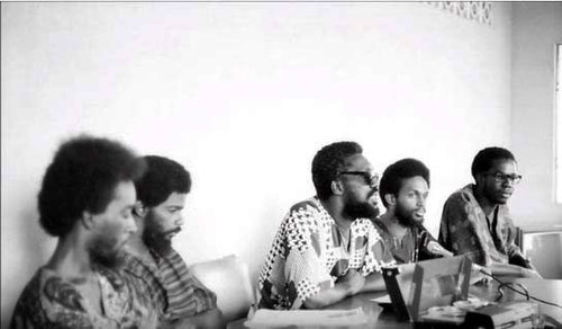
NJAC leader Makandal Daaga (centre) holds a press conference in 1970 – photo – https://wired868.com/2016/04/08/remembering-basil-davis-the-1970-black-power-movements-first-martyr/
Yet, for those born in the 1970s, they might be thinking according to Wiz Khalifa’s song “Black And Yellow” featuring Snoop Dogg, Juicy J, and T-Pain, “I’m getting old but my rubber bands ain’t”. The social bands putting pressure on the black woman’s esteem and even at times giving differential opportunities.
Global coily-hair movement
Interestingly, globally, black women are being encouraged to go natural and wear their natural hair coily or kinky curl pattern without chemicals and extensions.
This only adds to the ‘hair politics’ providing for further exploration of the role aesthetics plays in the experiences of Black women both socially and professionally.
As a result of ‘the racist feminine beauty ideal’ as called in Perkins’ paper, the ‘not so black please’ white culture defines beauty reflective of the hierarchical majority.
Trinidadian journalist, Akilah Holder, noted the challenge of being stereotyped because of her light-brown complexion, which was intensified by the length of her hair. Challenges that mainly came from interactions with dark-skinned women. This experience in no way being unique to Holder. Another female commented that when she gives orders at work she is met with resistance from her dark-skinned female subordinates because of her light skin tone.
Another commented that she would receive comments from dark-skinned women such as, “she is arrogant”, “feel she white” and “feel she dey”. Yet another female commented that while at a restaurant, she realized that a dark-skinned woman was “dropping words” for her; “because dey fair-skinned and could dress, she feels she in sumting.” She’s even been accused of trying to be white because she dyes her hair frequently.
Settling on shades and textures of black
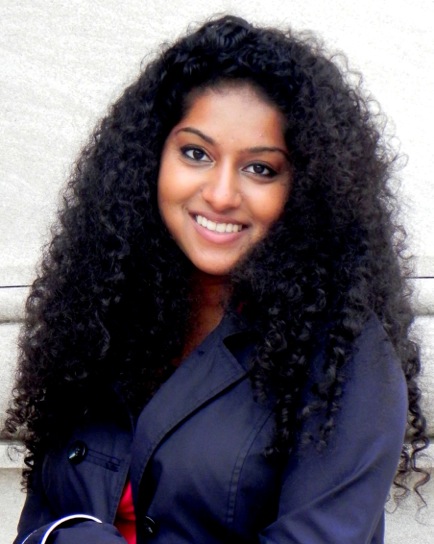
photo – https://guyaneseonline.net/2015/03/22/guyanese-or-indo-caribbean-by-aminta-kilawan/
Some years ago an East Indian female, who liked to cut her hair in grades and set it, visited a ‘white’ restaurant with her friends while in the United States. She shared that the waitress showed their displeasure at her presence, her US friends simply informed her it might be her Hispanic appearance. Despite that US experience, returning to Trinidad, this “100% East Indian” female, like all other East Indians, hold the ‘privilege’ of discriminating against her own ‘black’ or African heritage nationals. While this may not be desirable it remains understandable given that the East Indians’ heritage is a caste system.
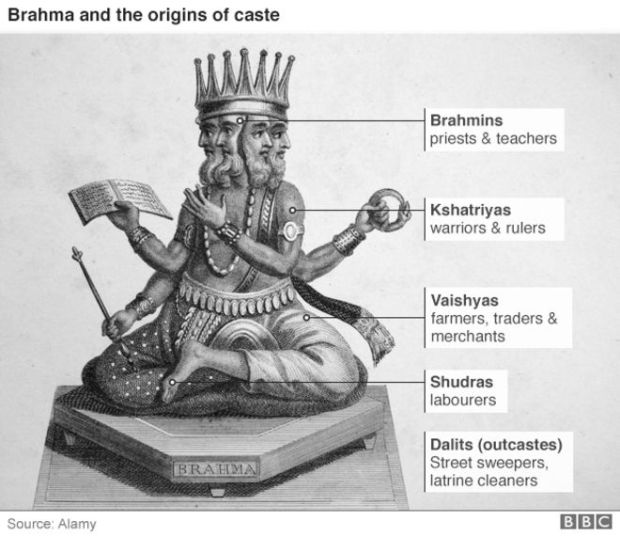
Brahma and the origins of caste
Therefore, no truly traditional East Indian within these two Caribbean isles would consider themselves as “black”. However, the mere fact that coupling does occur, means that there are some more liberal views.
As Africans were brought to Trinidad and Tobago and Guyana, the then massa reinforced the idea of ‘black’ ‘being black’ and all that was inferior about it. How then could the esteem of the non-dougla, the dark-skinned and kinky-haired female be maintained amidst Caribbean colourism?
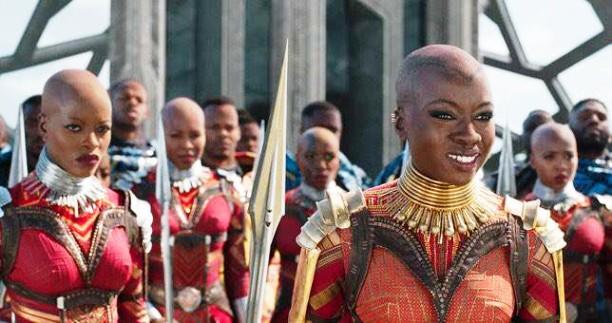
photo – https://www.nairaland.com/4357411/black-panther-11-african-tribes
Could it be in accepting and appreciating diversity? Possibly even in embracing the fact that just as Africa as a continent holds many tribes and countries, so too Guyana and Trinidad and Tobago out of their one country, holds many shades and types of cosmopolitan beauties, ‘desirable douglas’ included, and that is our Caribbean.
By Kerriann Toby

Kerriann Toby is a dynamic therapist currently pursuing her Doctorate of Psychology (PsyD). She is a member of the Canadian Counselling and Psychotherapy Association (CCPA) and has trained as a cybercounsellor. Her areas of experience, expertise, and interest include child development, sexual and reproductive health, gender-related matters, marriage and family life, and promoting the idea of positive psychology, using strengths to support mental health and wellbeing. Visit her Wellness Blog www.karryonservices.com/blog or Facebook : Karry Morph https://www.facebook.com/ongoingProgressiveMovements/
